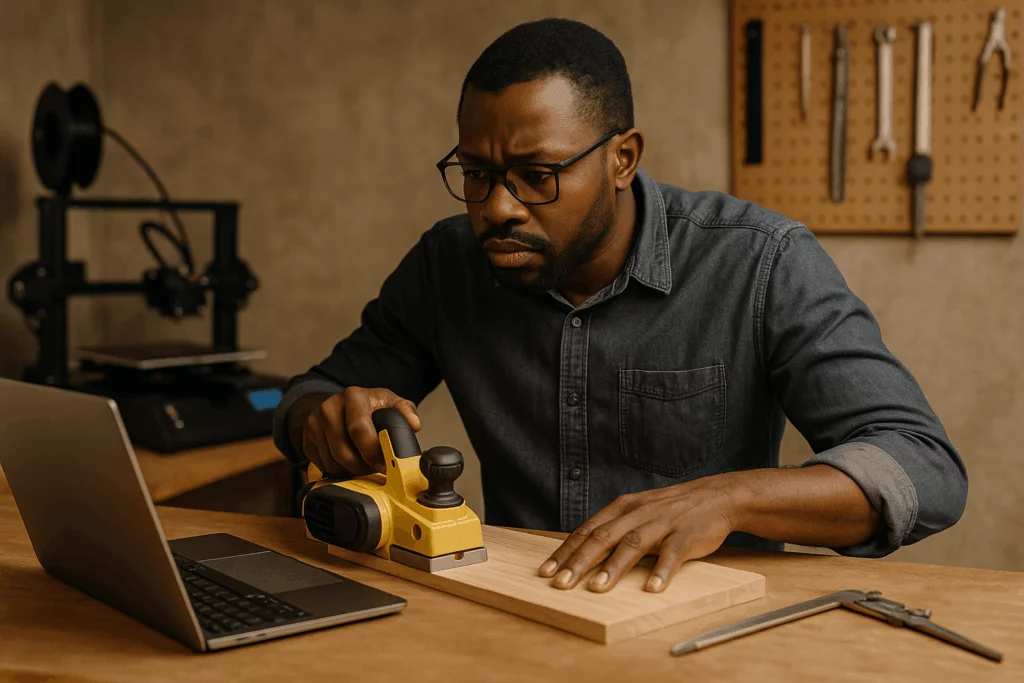From Hand to Cloud: How Artisans Are Carving a Place in the Digital Age
In today’s fast-moving tech world, artisans are stepping out of their workshops and into the digital spotlight. What once meant a small stall at the market now could mean a global audience — with a click. By blending age-old craftsmanship with modern tools, these creators are reshaping what it means to make, sell, and share their work.
Craftsmanship, redefined
The modern artisan isn’t just a maker of things — they’re a storyteller, a custodian of values, and often, an advocate for sustainability. Every choice, from the raw materials to the packaging, is intentional. For many, using ethically sourced fabrics or eco-friendly dyes isn’t a selling point — it’s simply the right thing to do.
This resonates in an era when shoppers care deeply about where their purchases come from and what they stand for. A handmade scarf isn’t just warm; it’s a statement about supporting skilled hands and responsible practices.
Technology is adding new layers to this tradition. AI is helping artisans design smarter and reach customers with personalised experiences. VR allows buyers to “pick up” a piece virtually and examine its details as if standing in a gallery. And e-commerce platforms are the new global marketplace, where someone in Lagos can sell to someone in London without ever leaving their studio.
From local markets to global stages
Digital platforms have shattered the old limitations. An artisan in a small town can now curate a stunning online store that reflects their brand’s story. High-resolution photography and 360-degree views let customers appreciate the craftsmanship without touching the item — yet still feel connected to it.
Targeted online campaigns mean creators can find niche audiences who crave authenticity — whether that’s a bespoke leather bag, a handwoven basket, or a piece of art made from reclaimed materials.
It’s not just about selling things. It’s about selling meaning. People are turning away from anonymous, mass-produced goods and toward objects with a heartbeat — pieces that carry the maker’s identity, care, and heritage.
Quality over quantity
Industrial production measures success in units sold. Digital artisans measure it in relationships built and stories shared. Limited runs and one-of-a-kind creations encourage customers to value each piece. In turn, buyers often feel they know the artisan, not just their brand.
This shift also supports sustainability. Less waste, slower production, and mindful sourcing all contribute to a more ethical way of consuming — one that prioritises people and the planet over profit alone.
More than passion — a livelihood
For many artisans, this isn’t just a creative outlet; it’s a full-fledged career. The flexibility of working online allows them to manage their schedules, diversify their products, and reach beyond their immediate communities.
From selling custom digital art to offering creative coaching, artisans are finding new income streams. Social media platforms and marketplaces like Etsy or Patreon give them direct access to loyal audiences — and the chance to grow those audiences into vibrant communities.
In places where job options are limited, digital craftwork offers more than income. It keeps cultural traditions alive and feeds local economies by connecting regional talent with global demand.
The road ahead
The future looks promising. AI tools are helping artisans experiment with designs faster, while blockchain is giving buyers confidence in a product’s authenticity — especially important in the fight against counterfeits. Augmented and virtual reality are making the buying experience more interactive, bringing customers closer to the story behind each piece.
Far from replacing craftsmanship, technology is amplifying it — helping artisans merge tradition with innovation, and ensuring that handmade artistry remains relevant in a rapidly changing world.
In the end, what these makers offer isn’t just a product. It’s a piece of their story — and in an increasingly digital marketplace, that human connection might just be their most valuable creation.




Post Comment